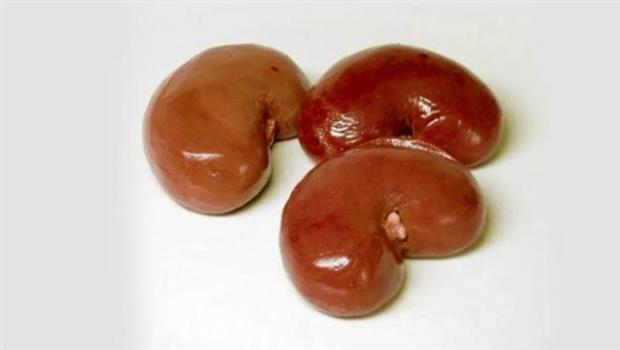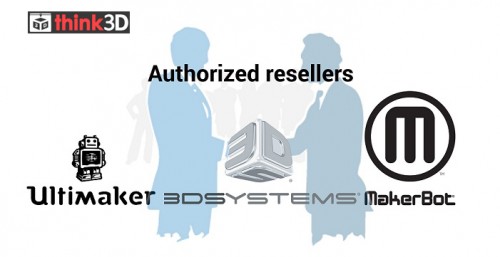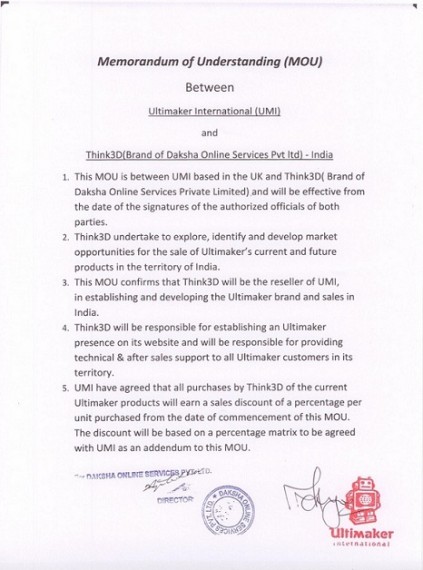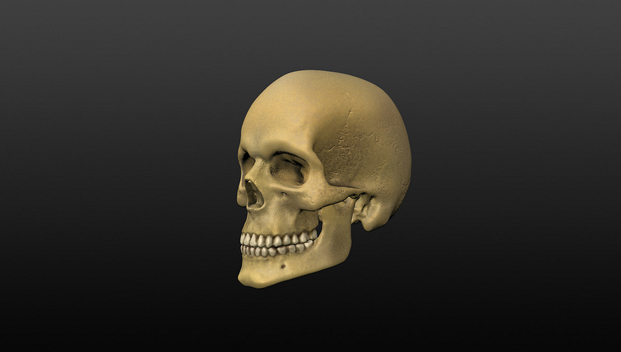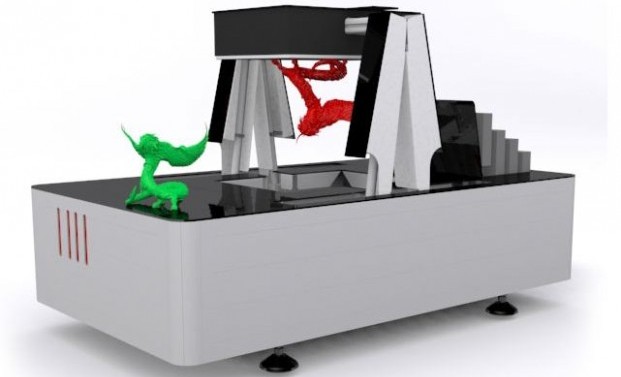Electronic waste is an inevitable ‘side effect’ of the advancing technology. Though a large part of electronic remains is reusable, still it is a common sight to see obsolete computers, printers, and stereos in landfills.
A number of e-centres have emerged around the globe that repurposes old electronic devices. In Queensland, Australia, two new centers, namely E-Hub Mackay and E-Hub Sarina that are engaged in reconstruct old tech devices in an environment-friendly manner. These e-hubs also provide training to people who want to learn the technical skills. These centers are training grounds for people who want to enter the job scenario. The work at these hubs involves dismantling the electronics and then sorting the parts that can be reused. These reusable parts are converted to new technologies as stated by Frank Mason, the project manager at E-Hub. Currently, the ongoing project at E-Hub is to transform old copiers and printing to new 3D printing machines.
The team at E-Hub is making 3D printers by using old copiers from offices. The extruder and the controller are difficult to acquire second hand, but they can be managed. Other parts are 3D printed. E-Hub Mackey collected 3 tons of waste of printers in the first weeks. This waste was recycled and reused to manufacture new 3D printers.
23-year-old Jesse Arnold is a trainee at the E-Hub Mackay. Arnold, is trained in warehousing and transport logistics, but could not succeed in finding a job. He eventually joined the E-Hub, and has been engaged in learning new skills including deconstruction, building, wiring and soldering electronics. Mason and his team plan to donate the 3D printers to promote STEM and other electronic technologies.

